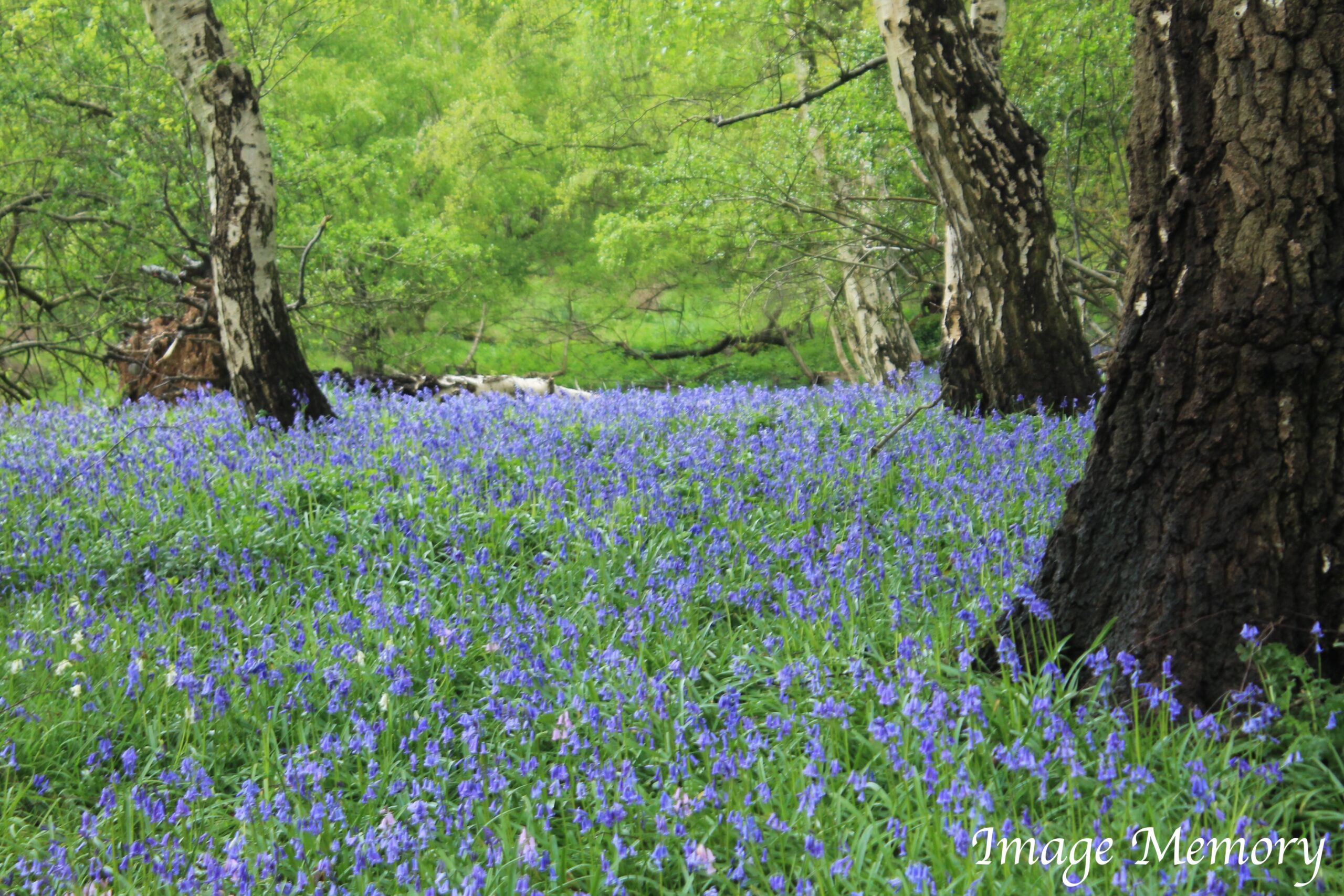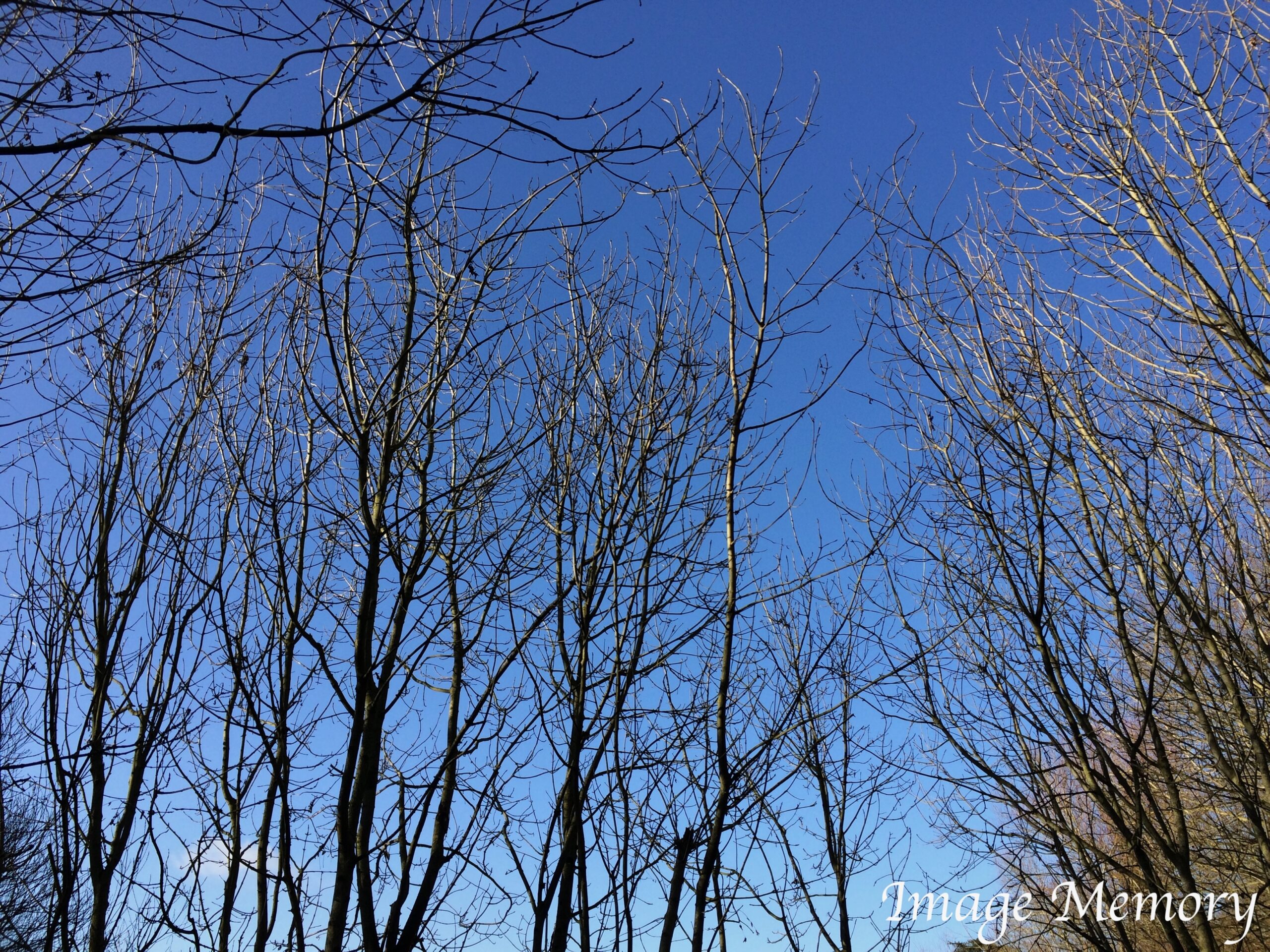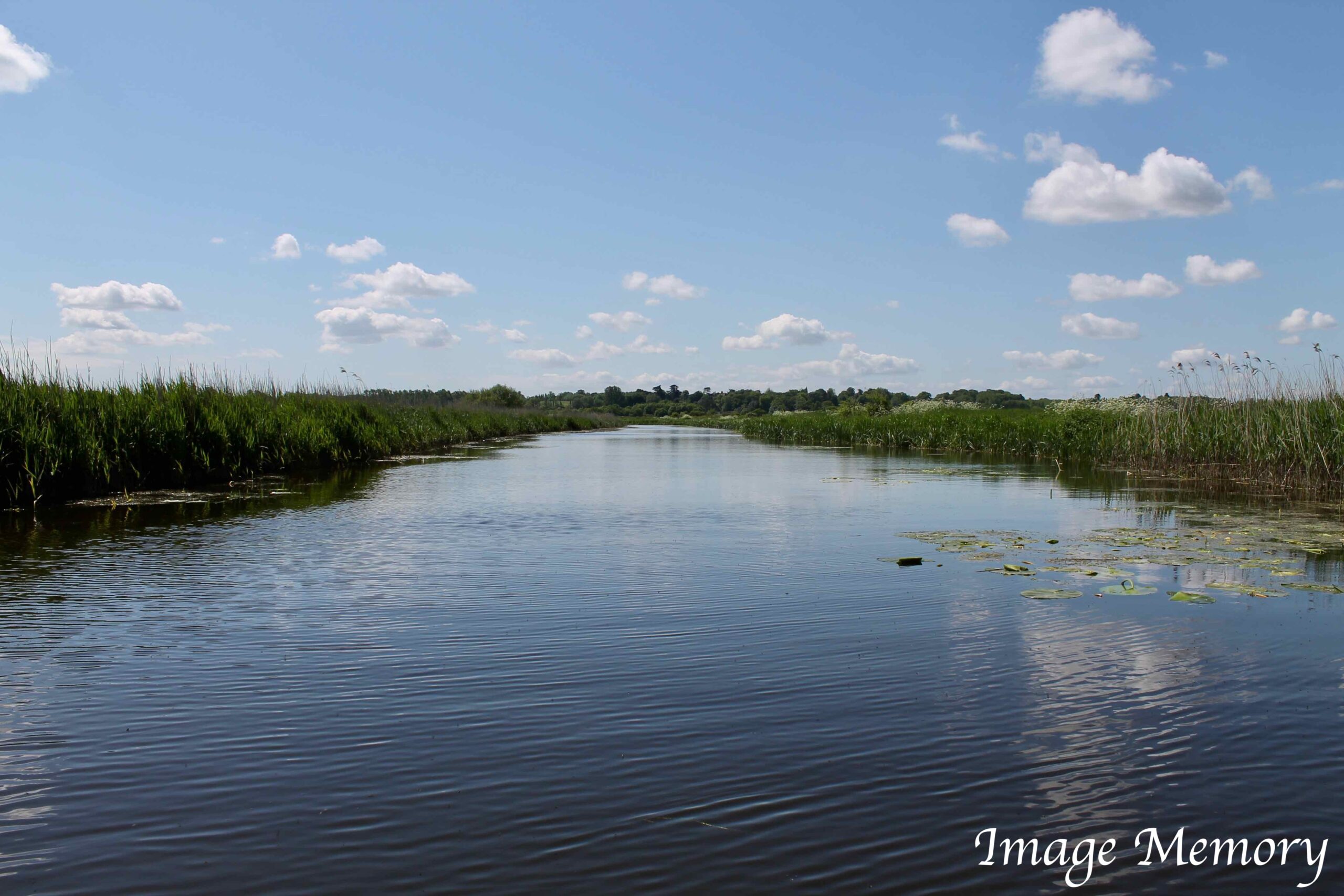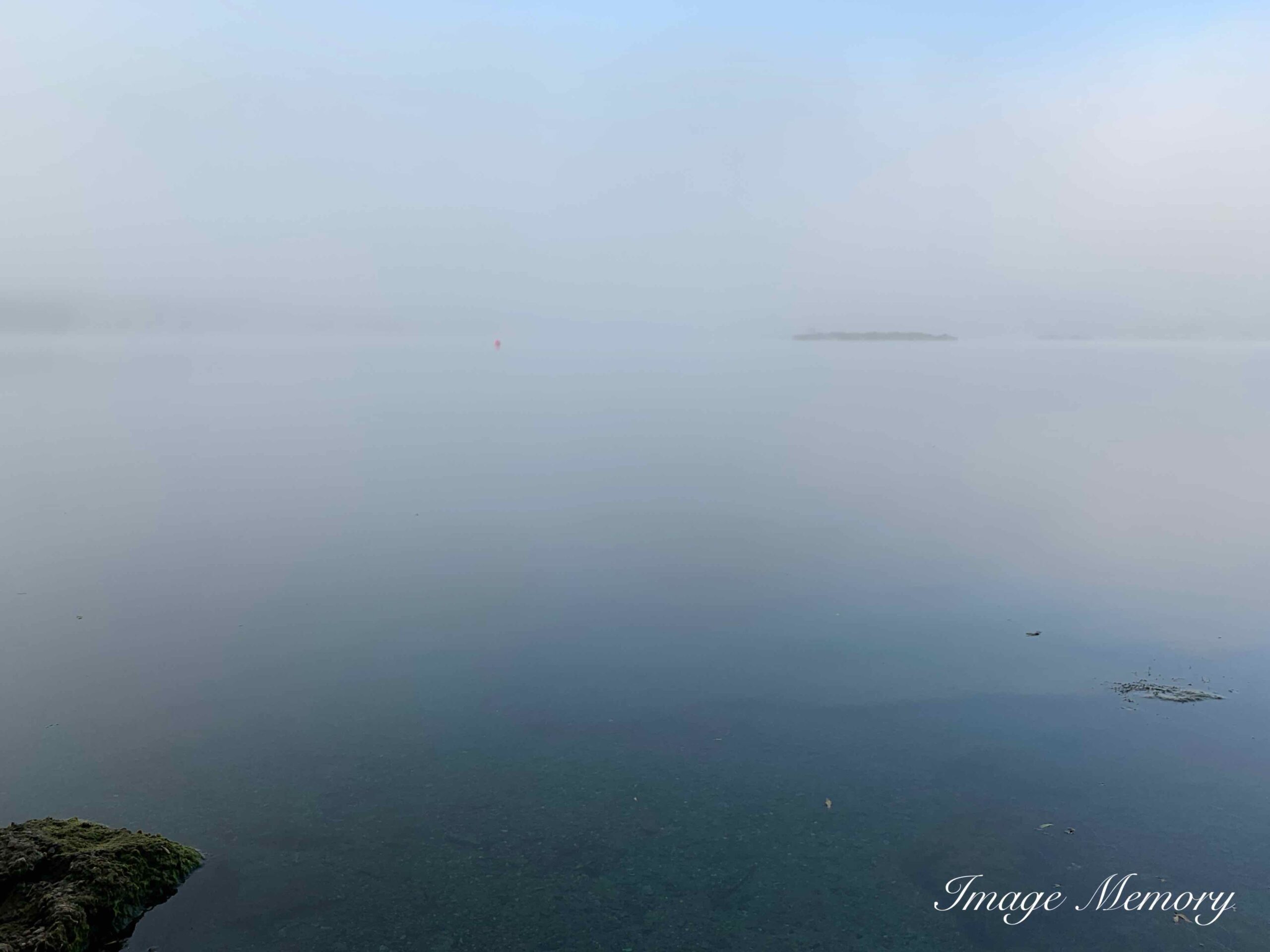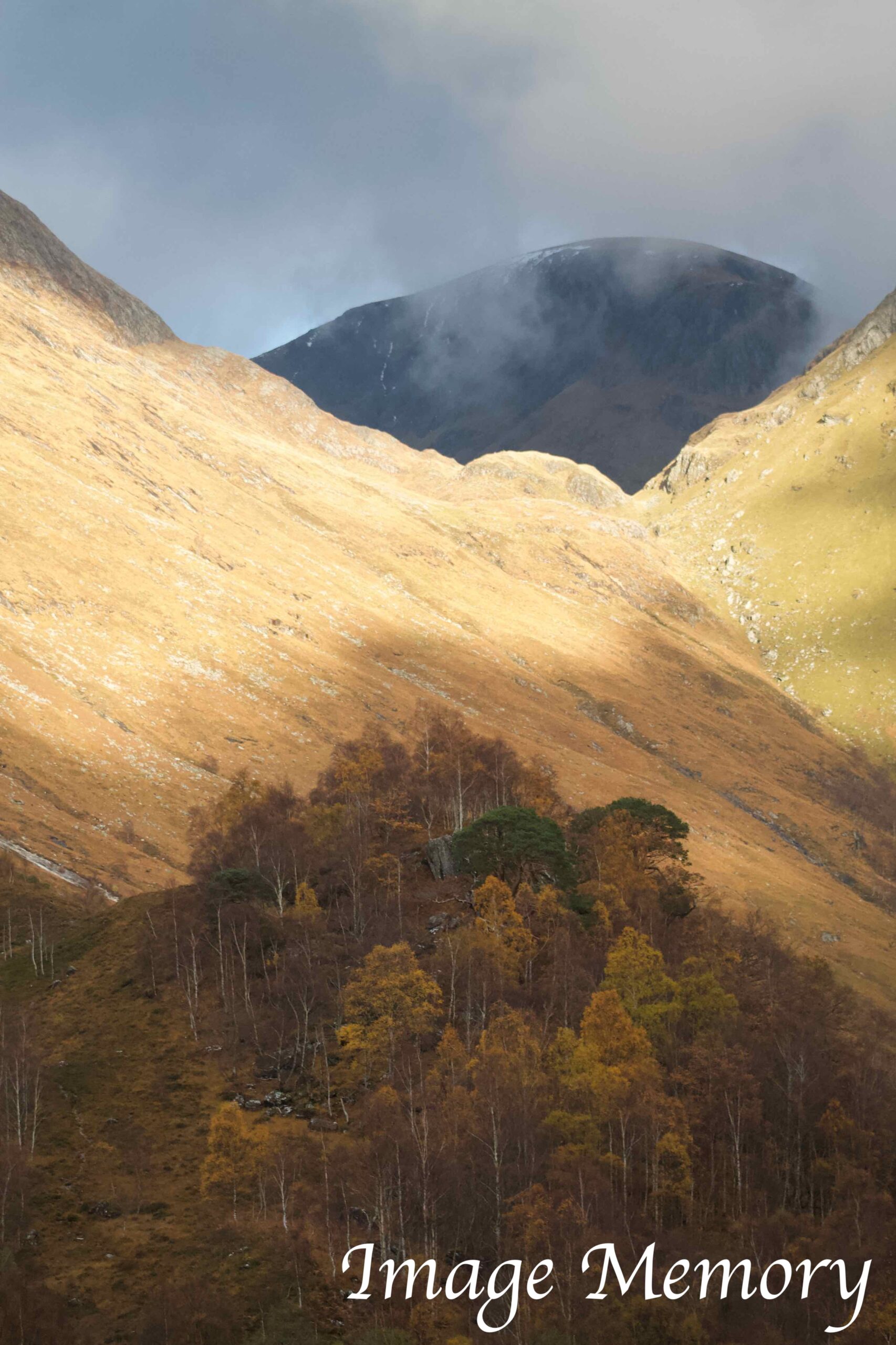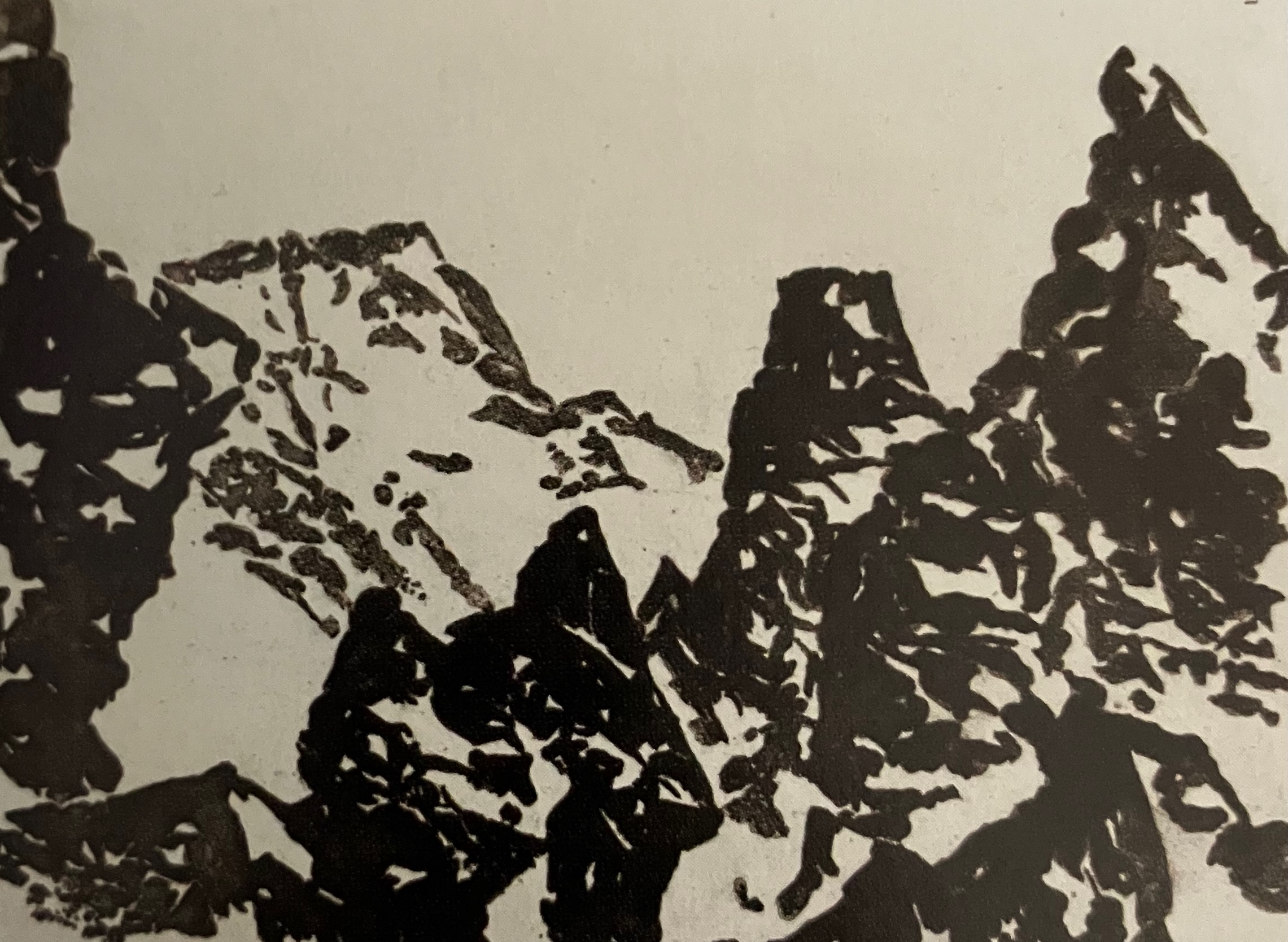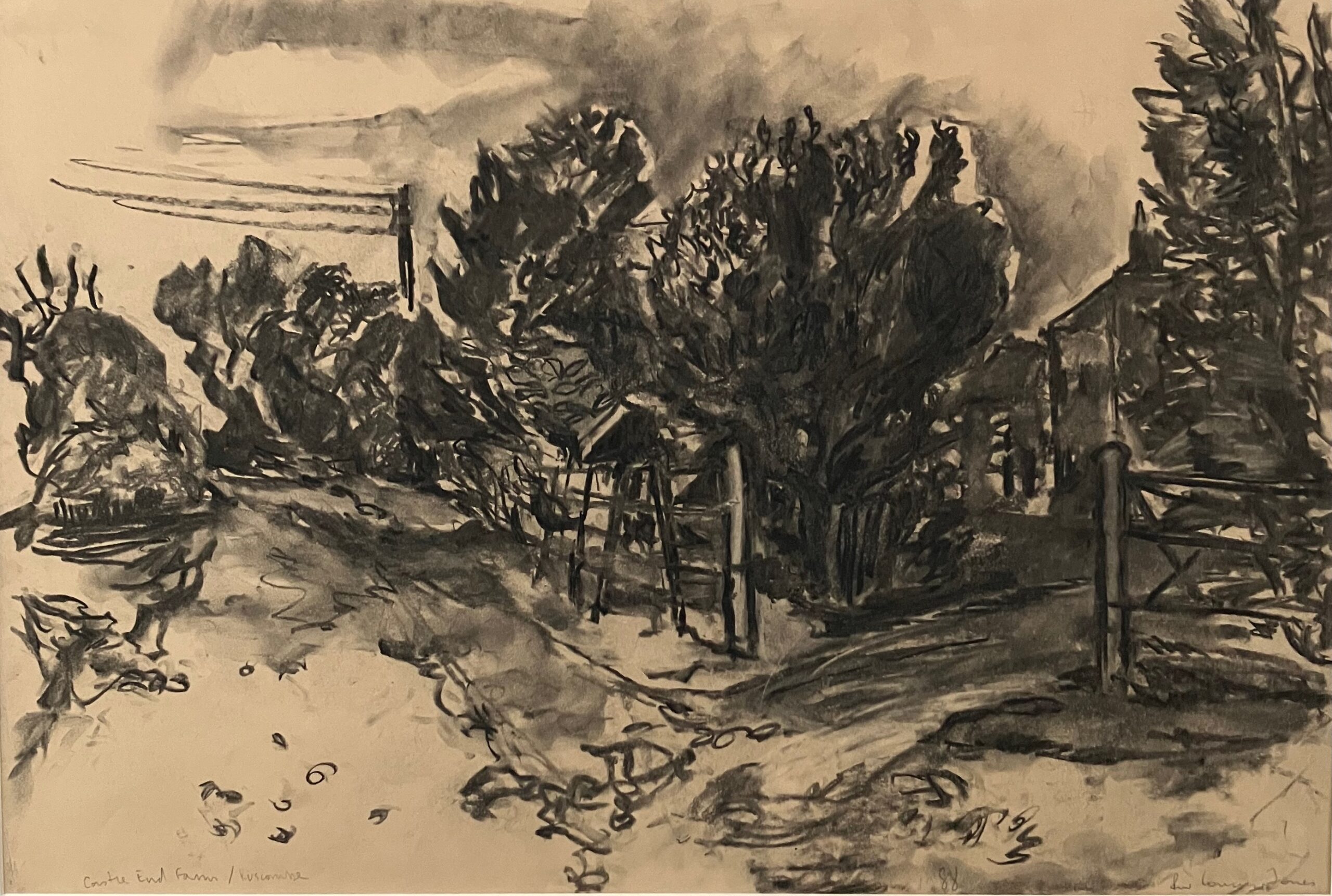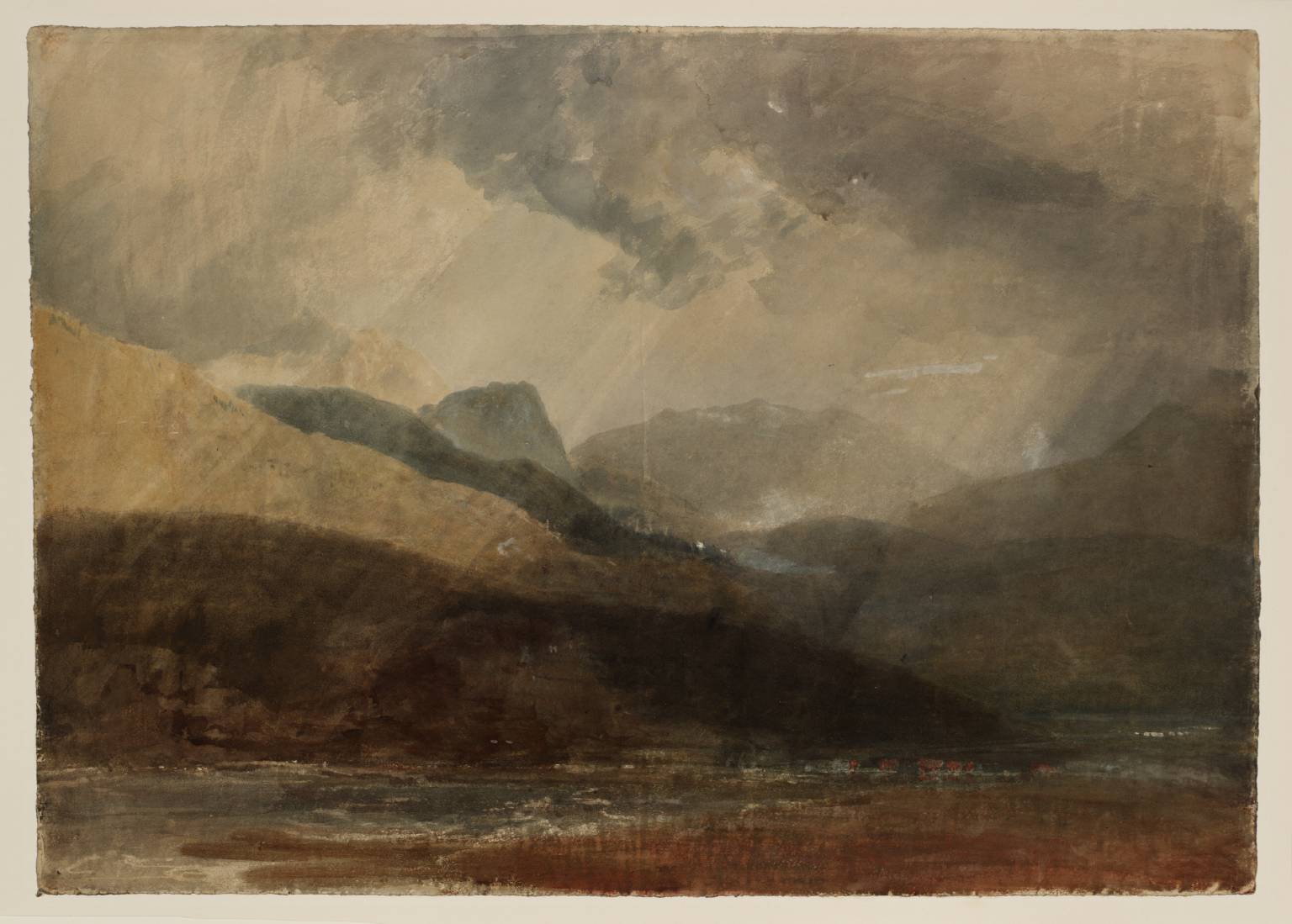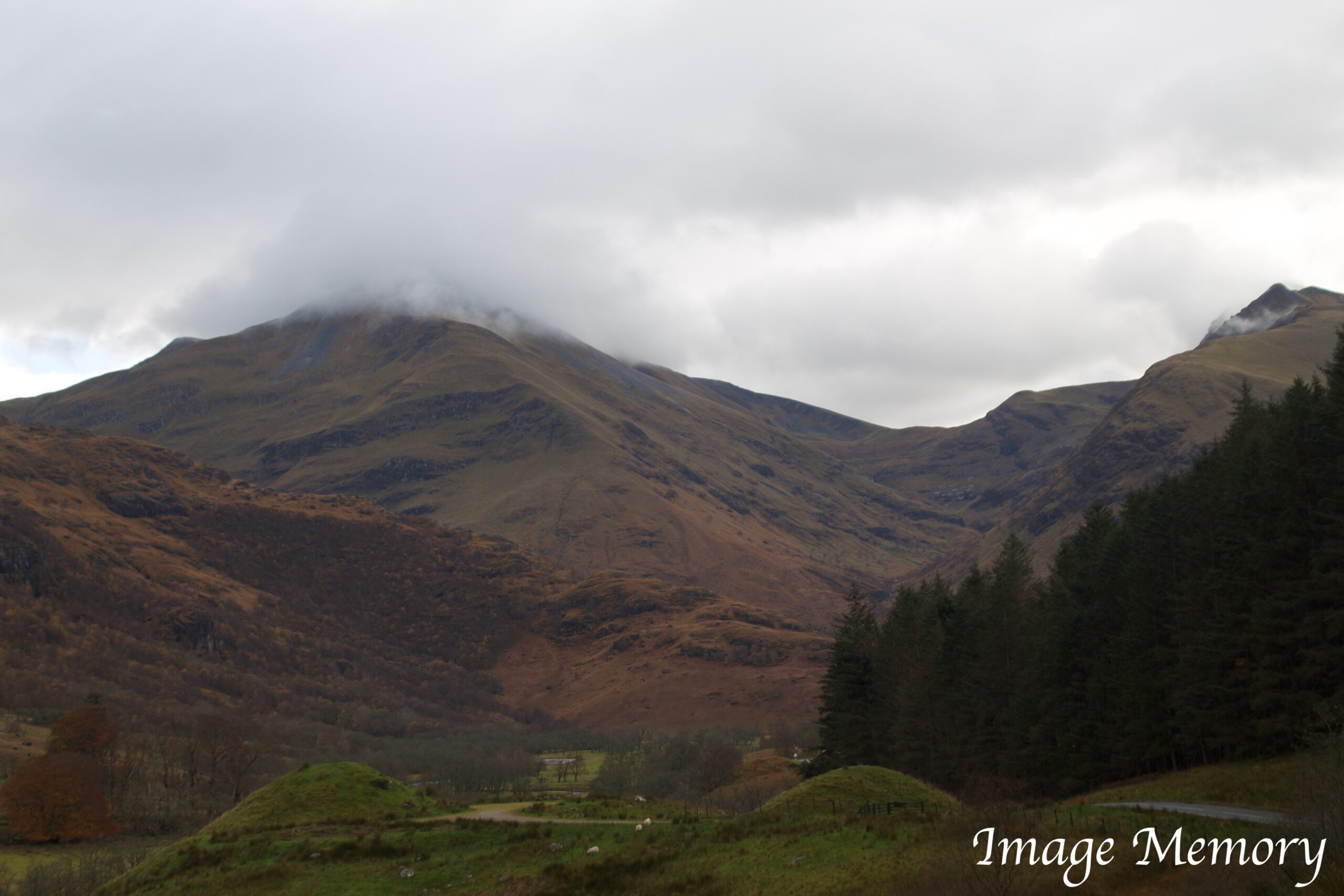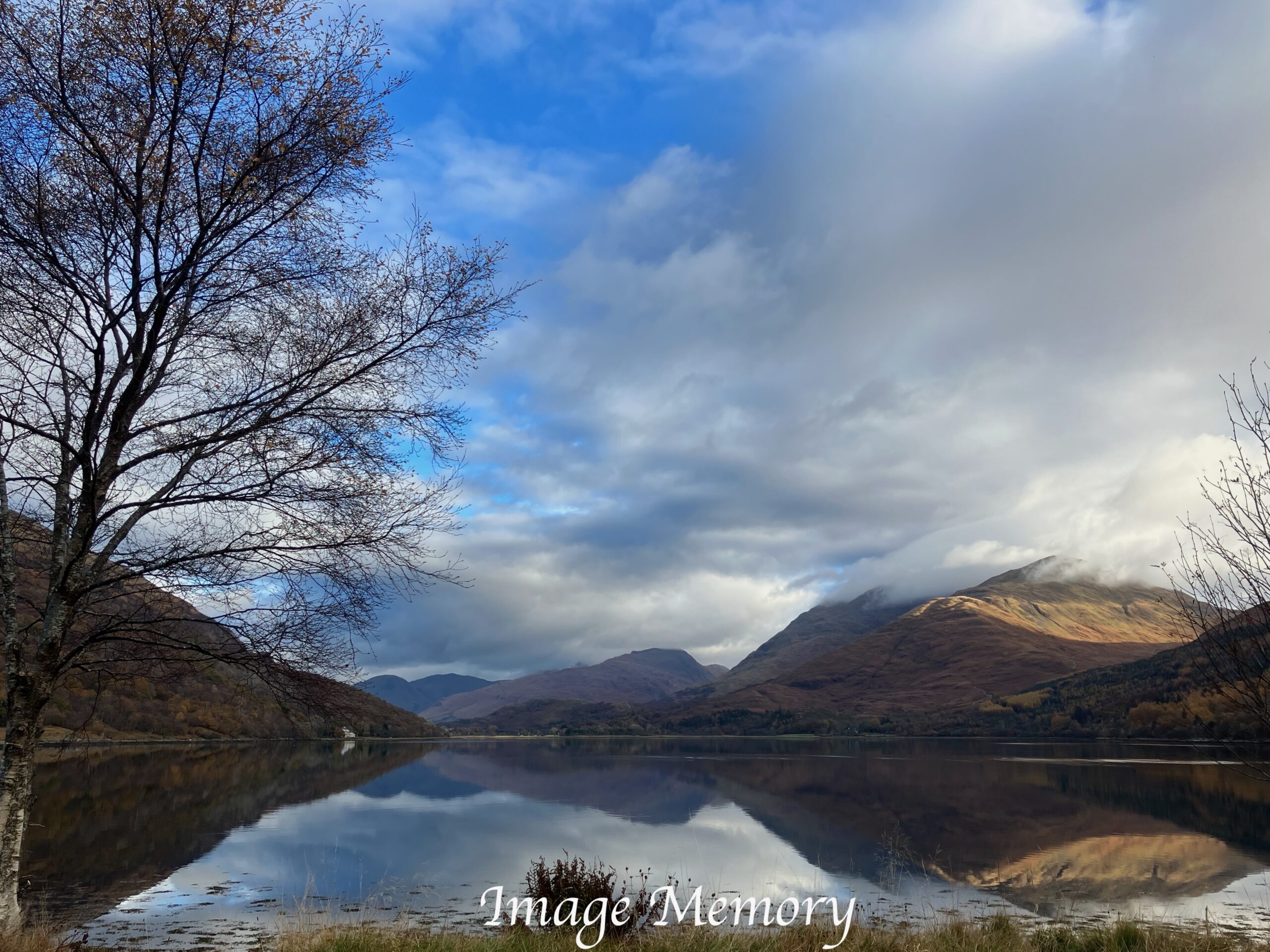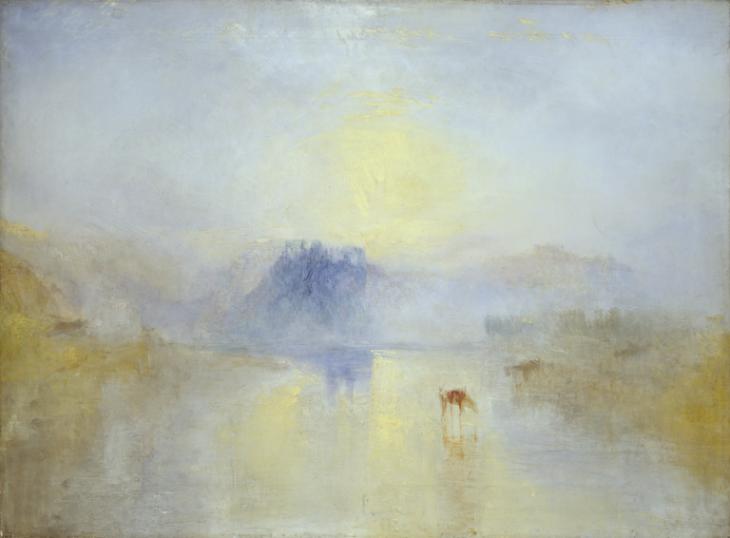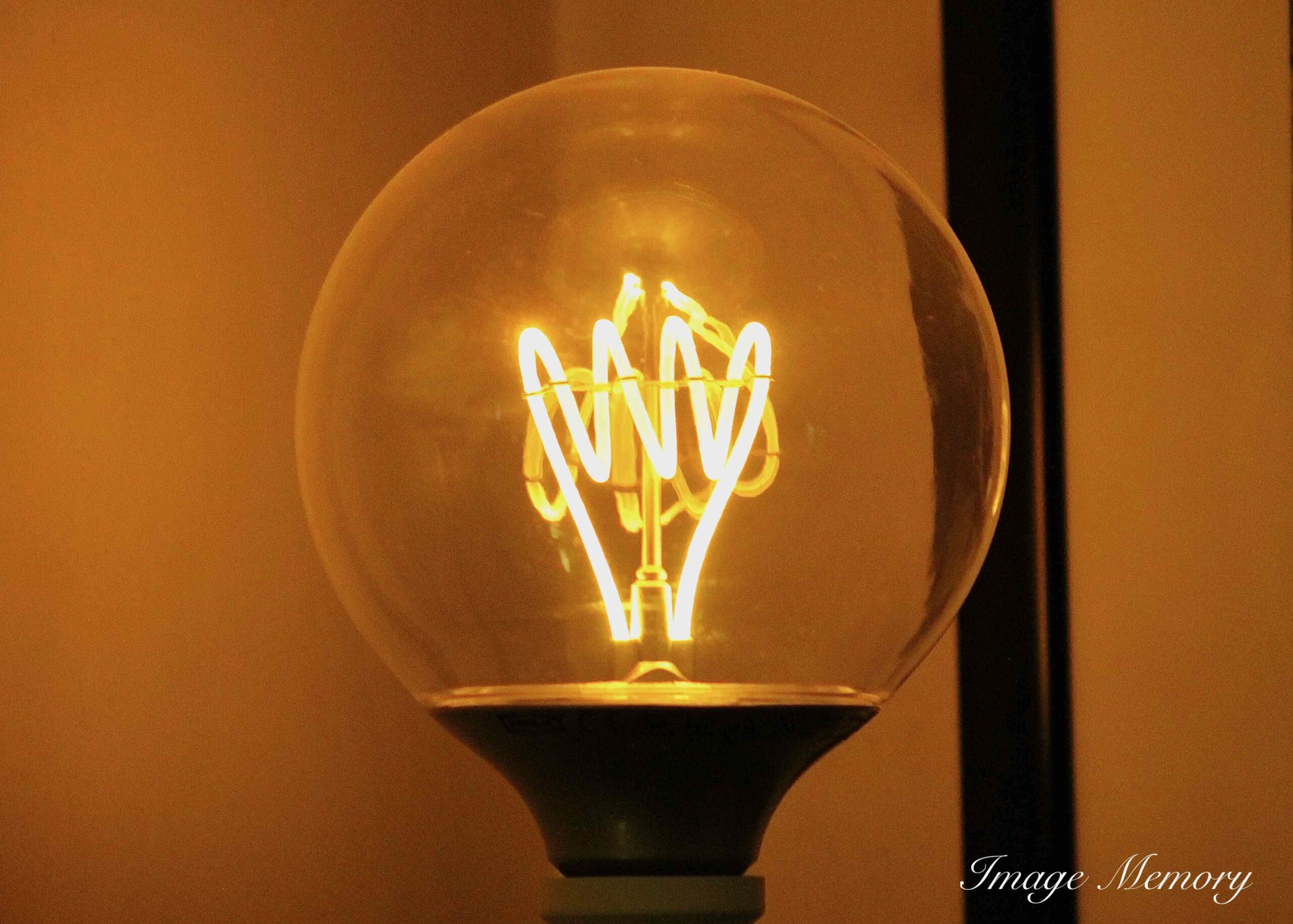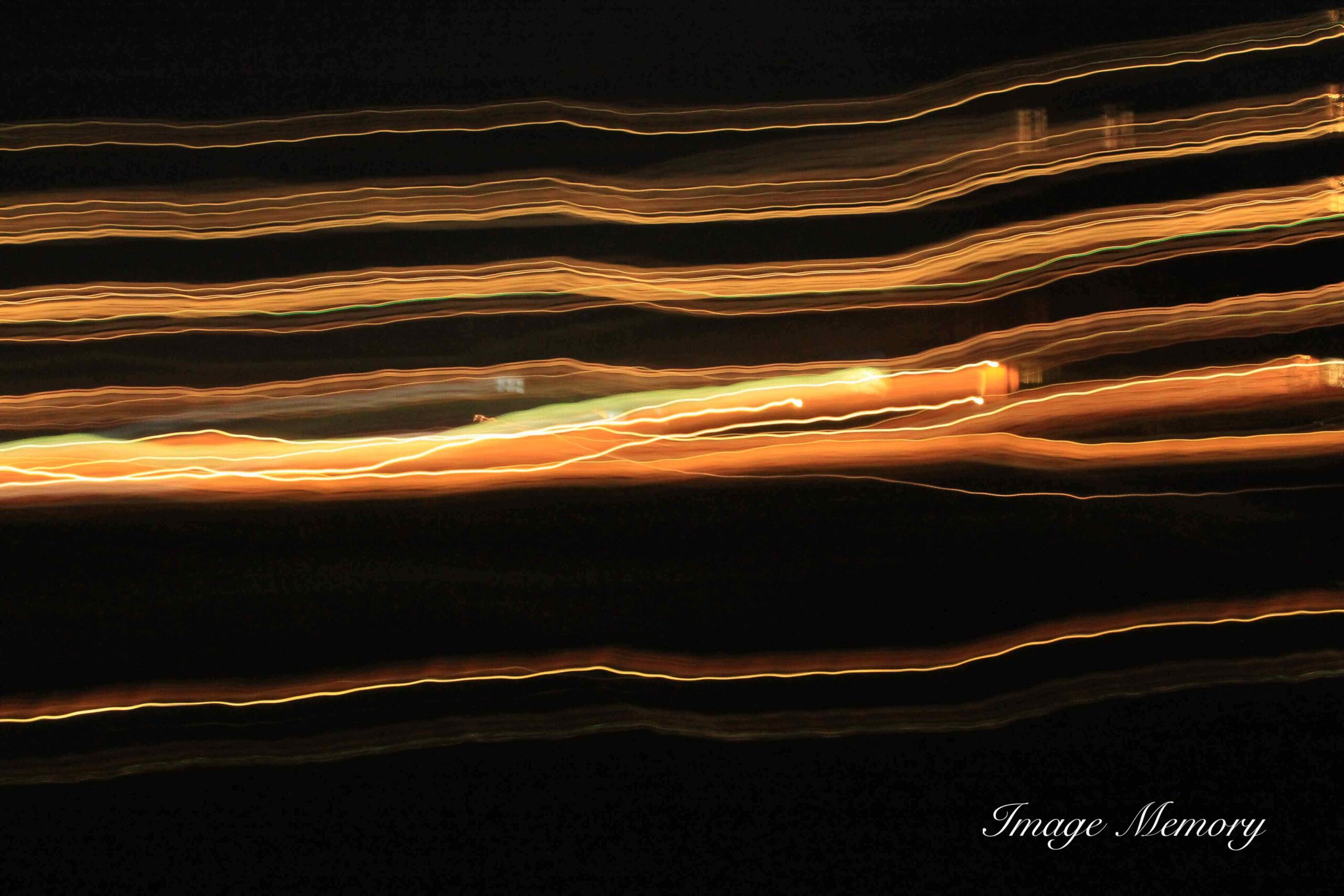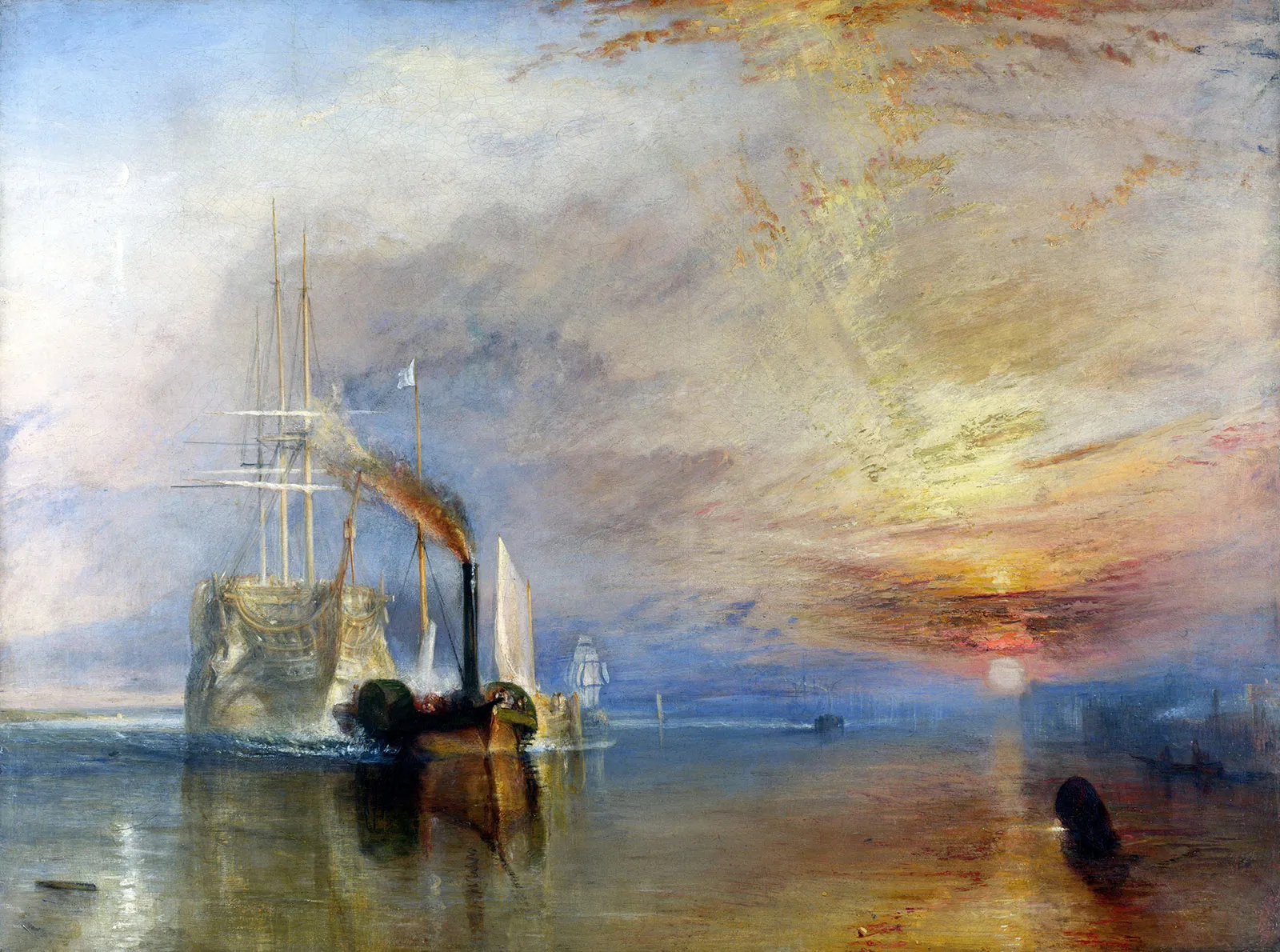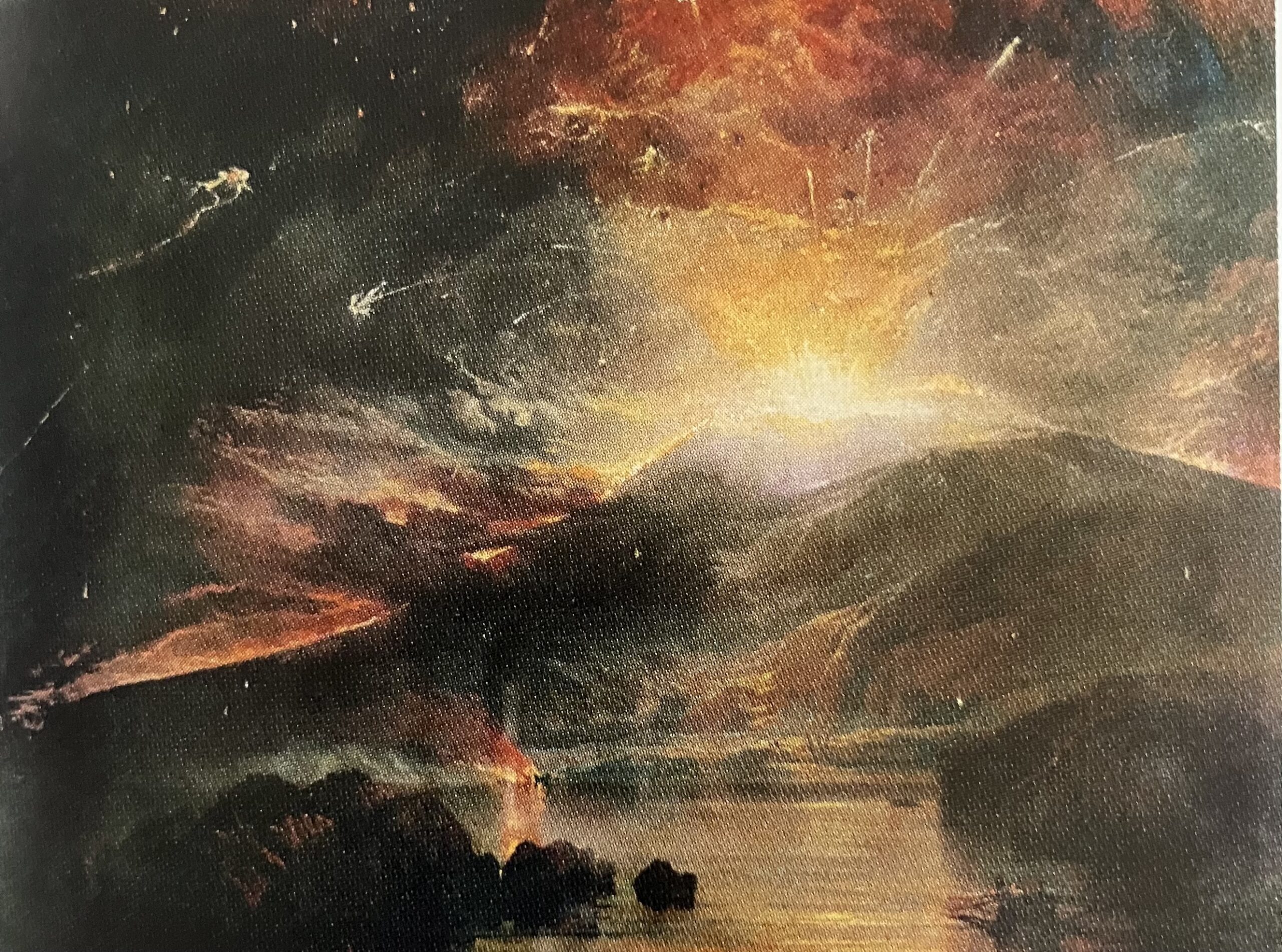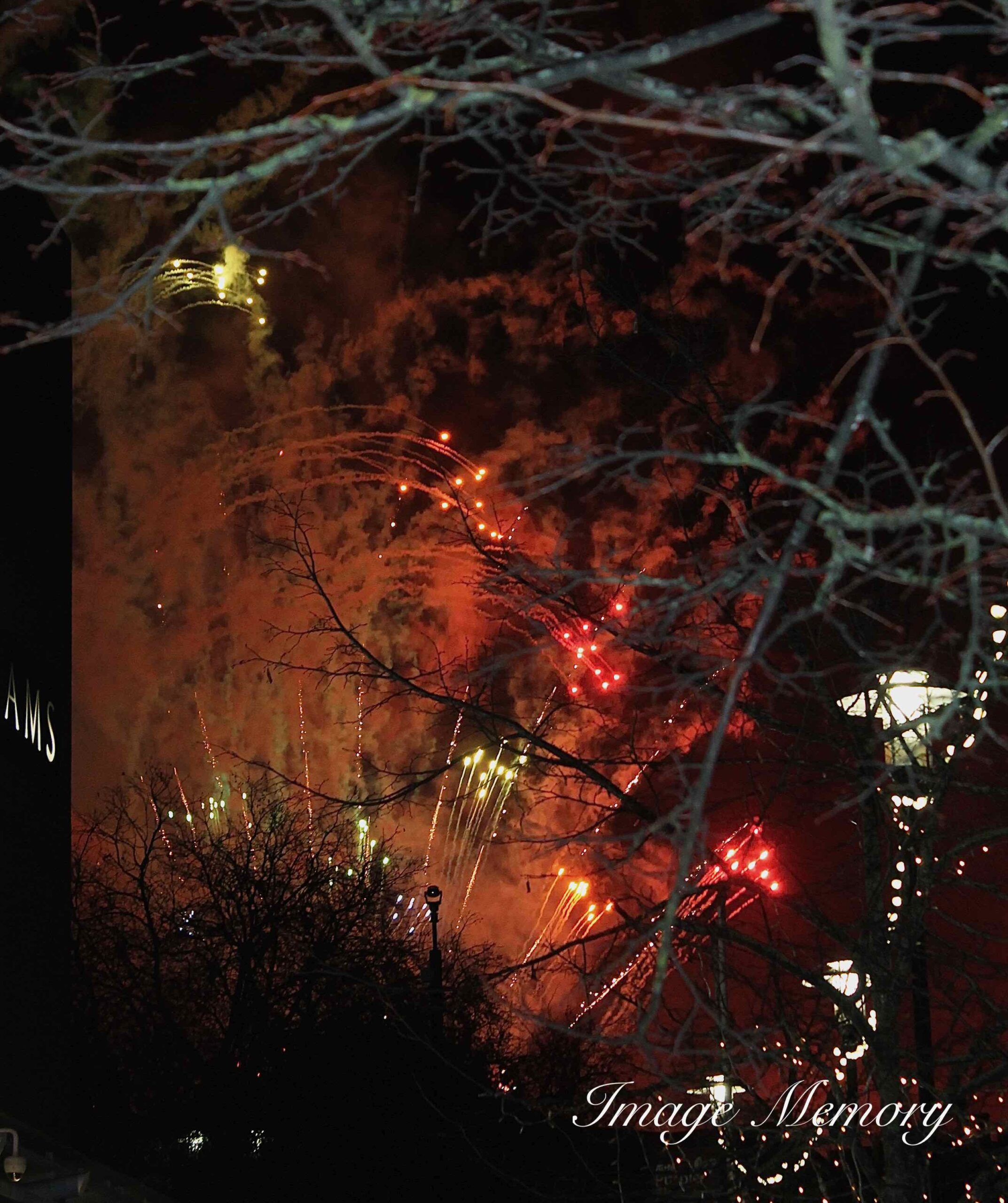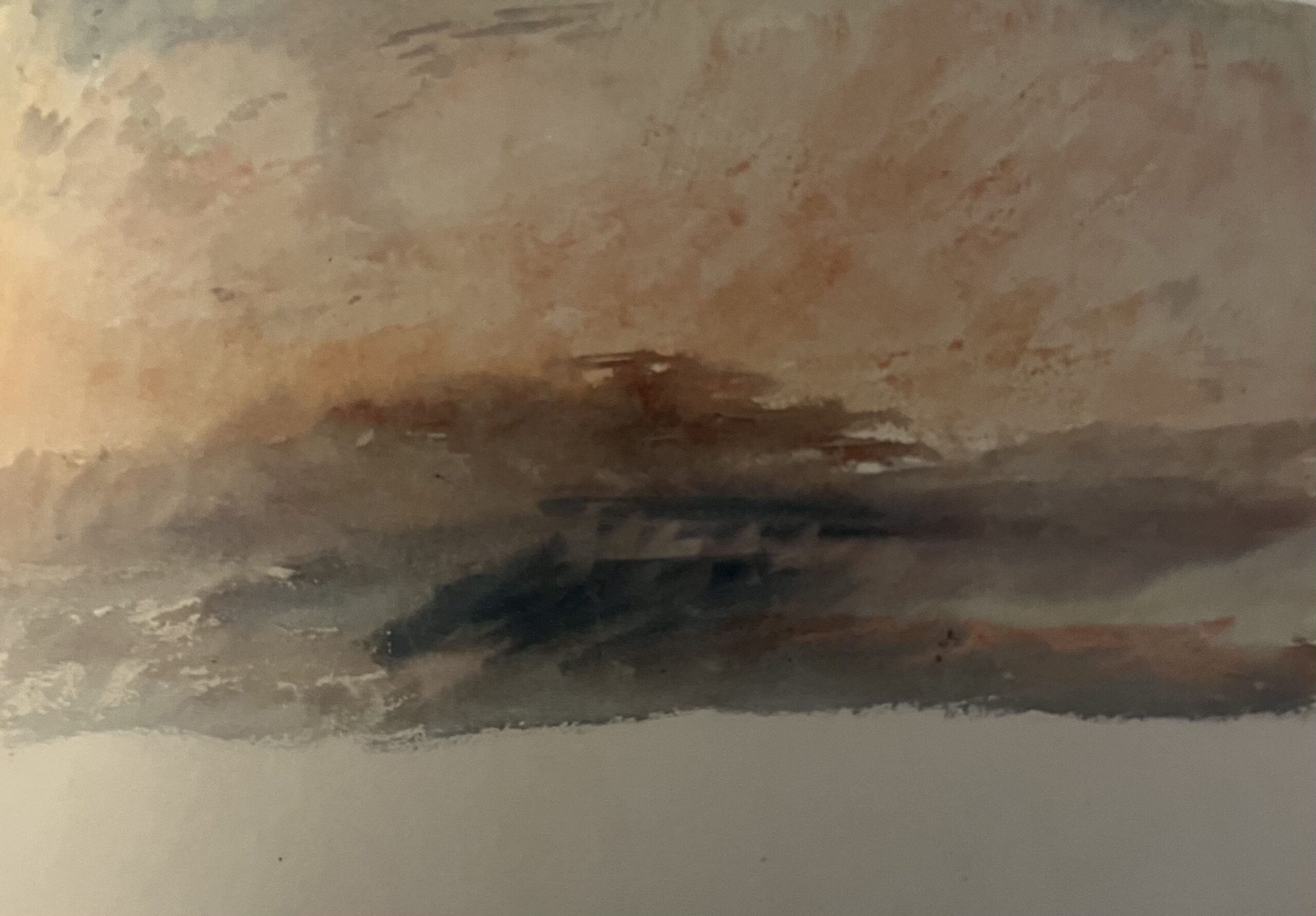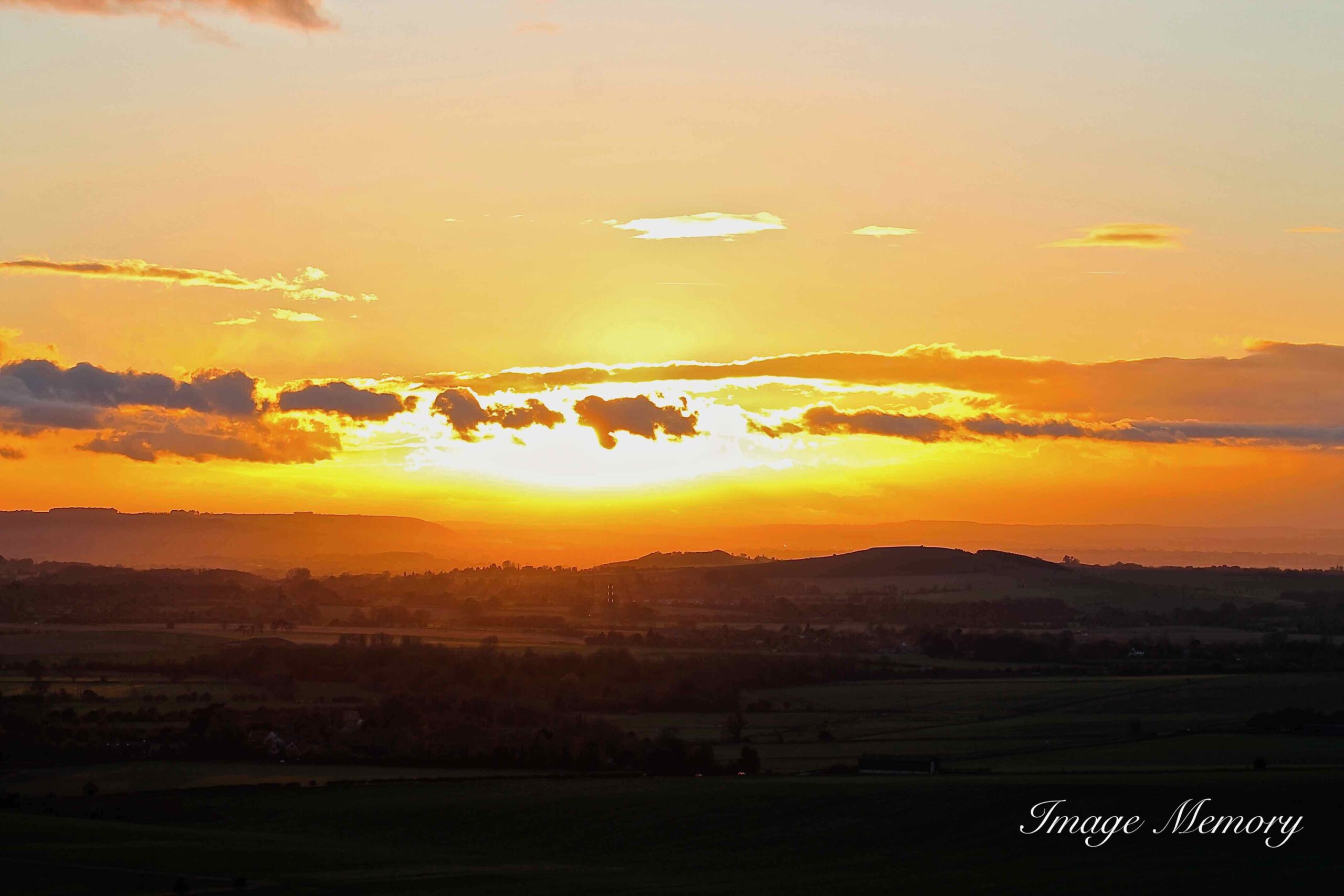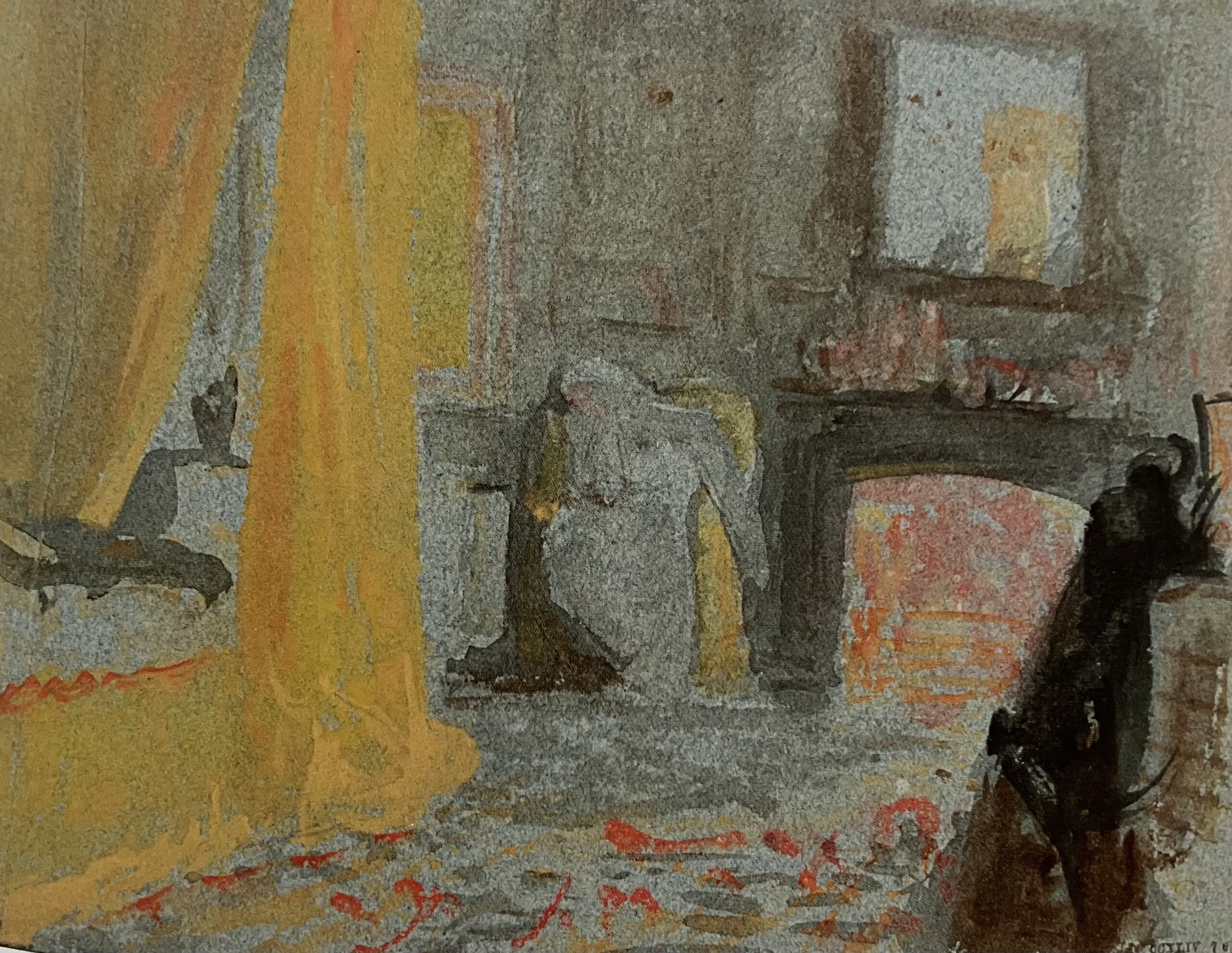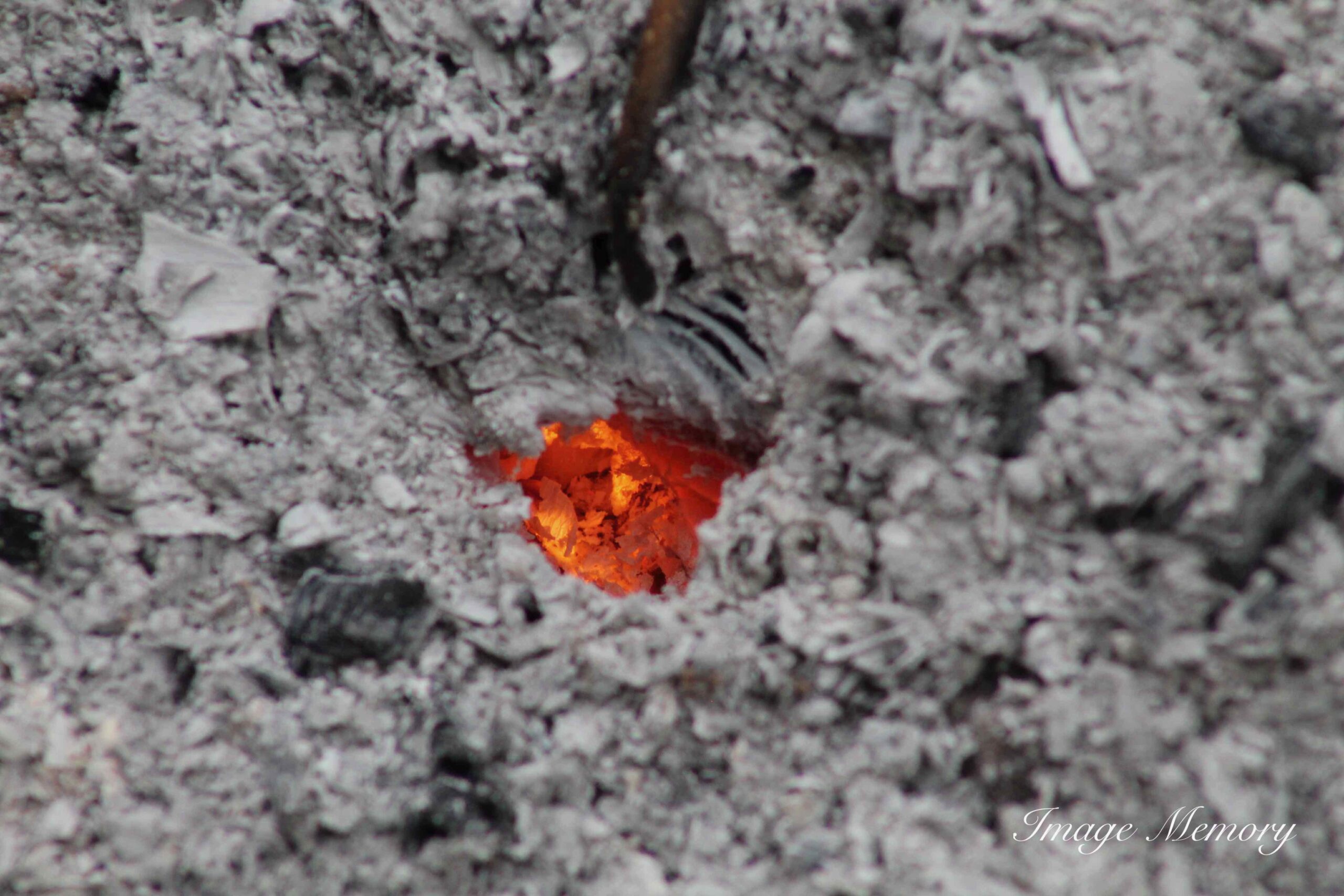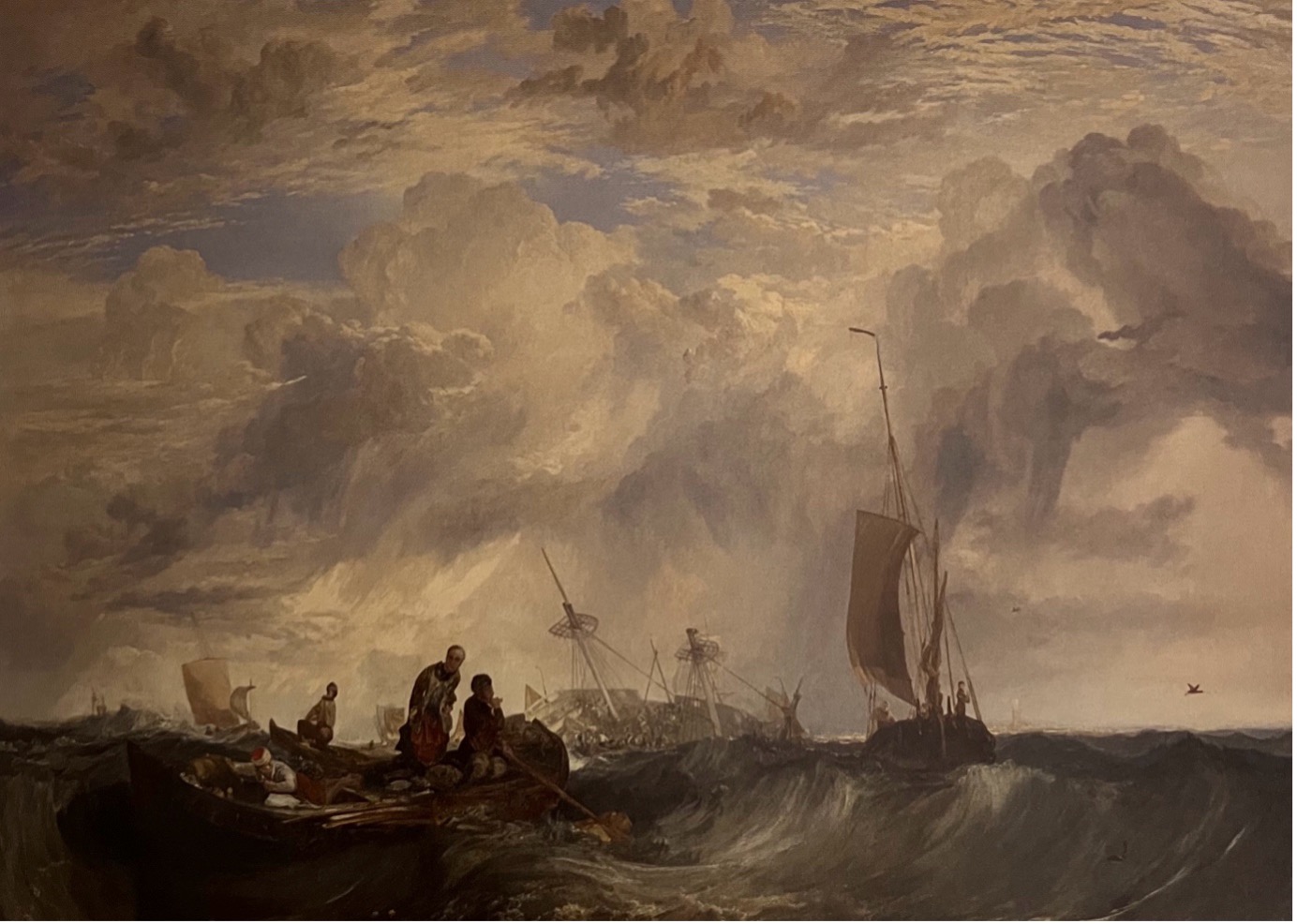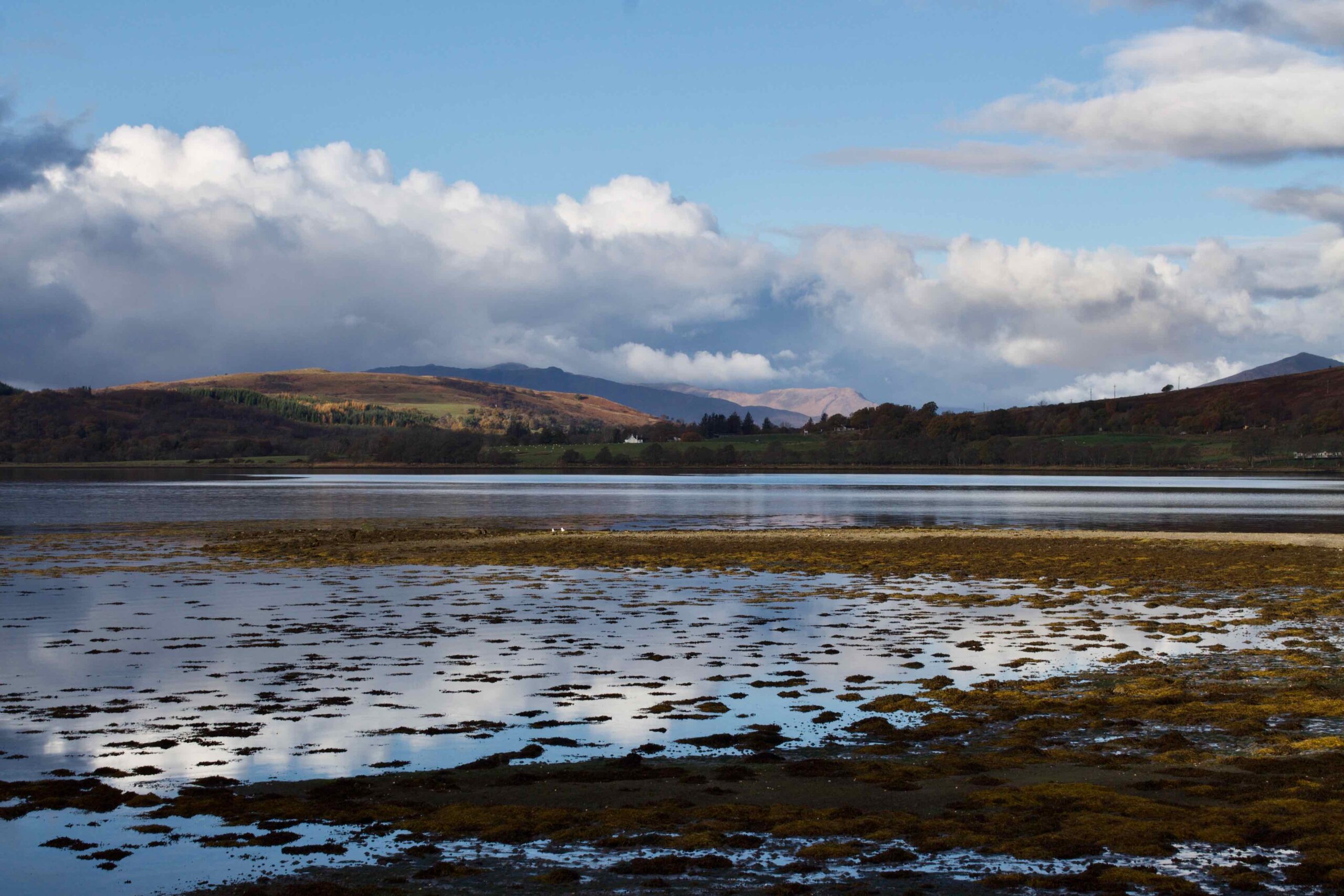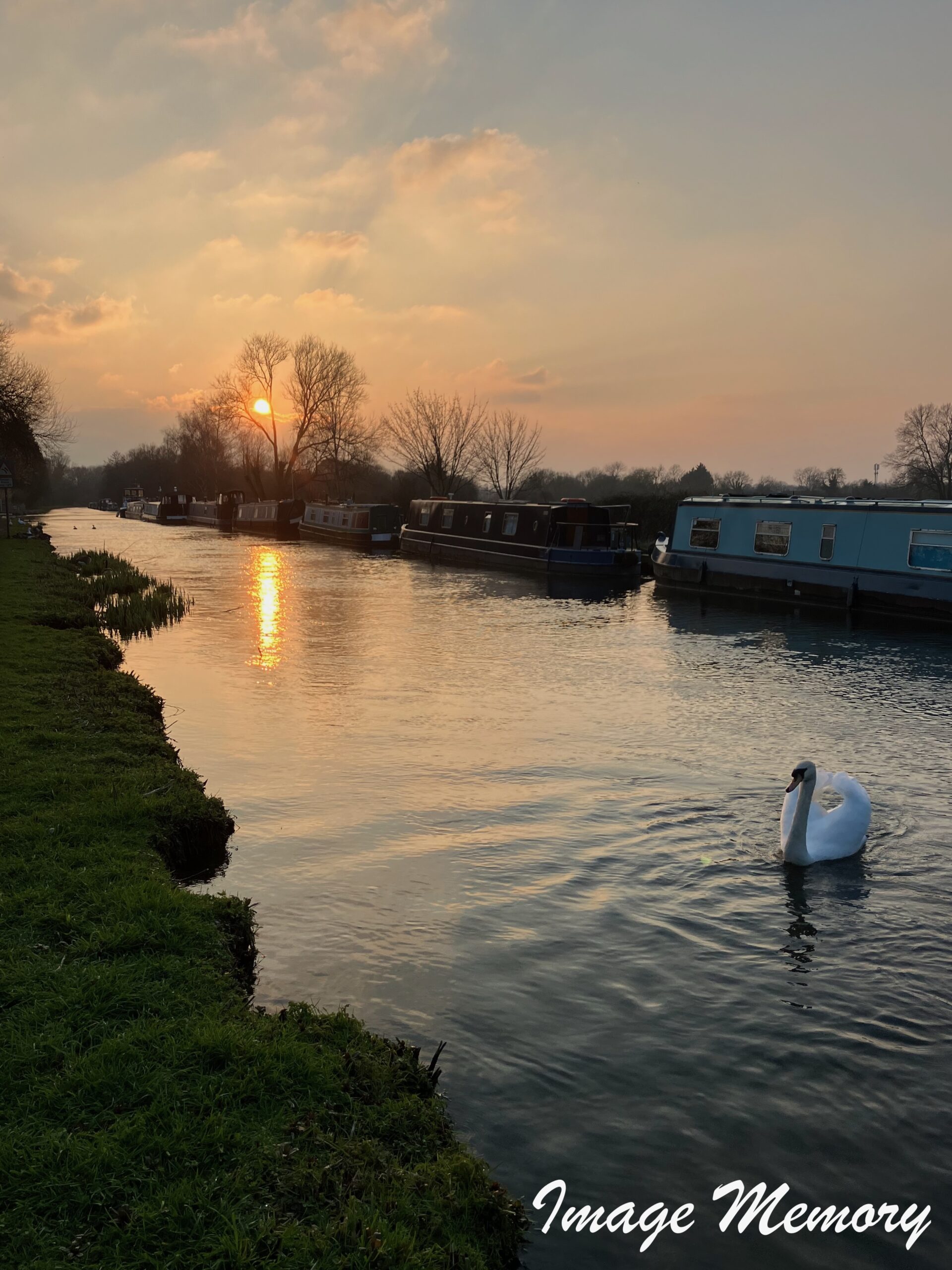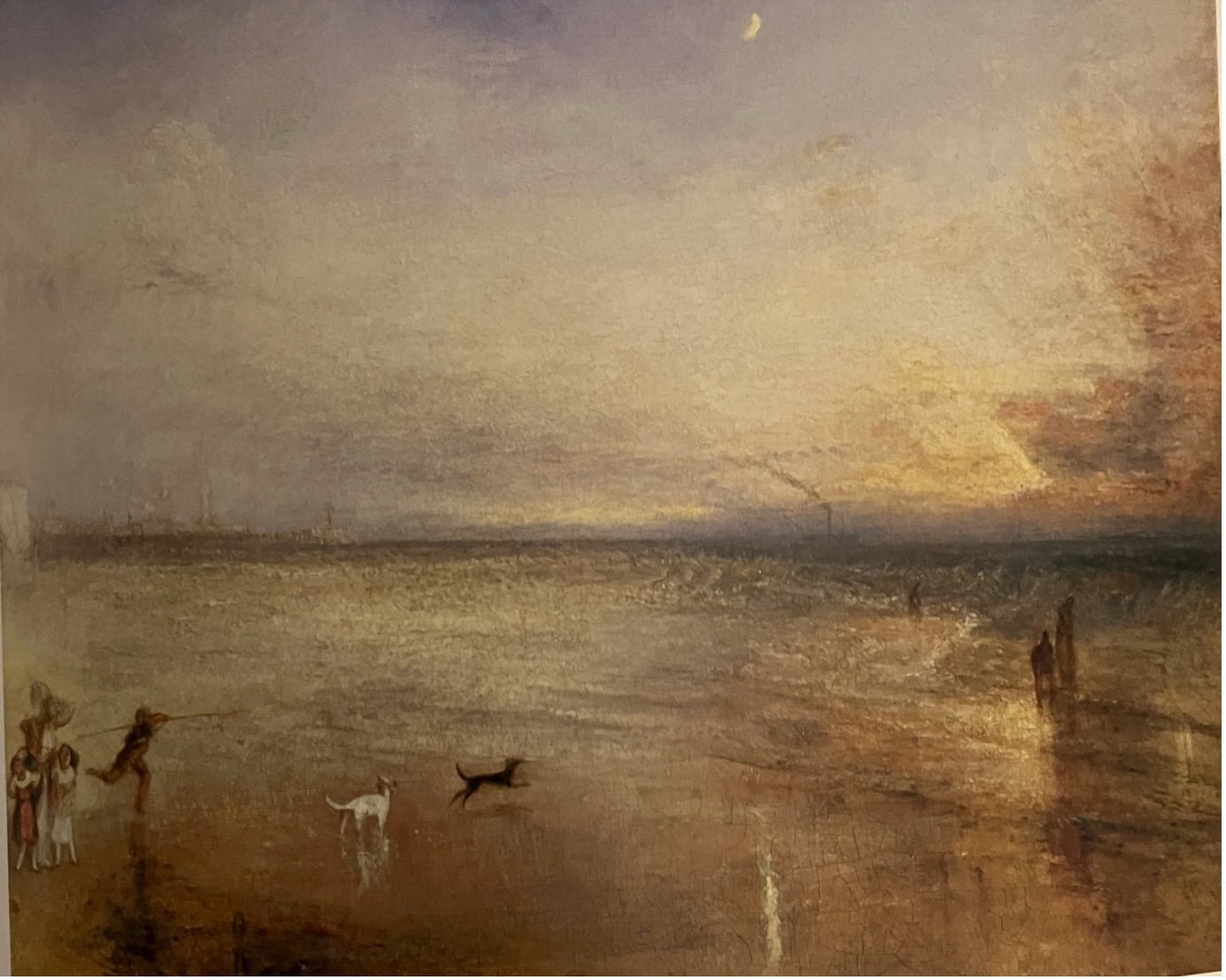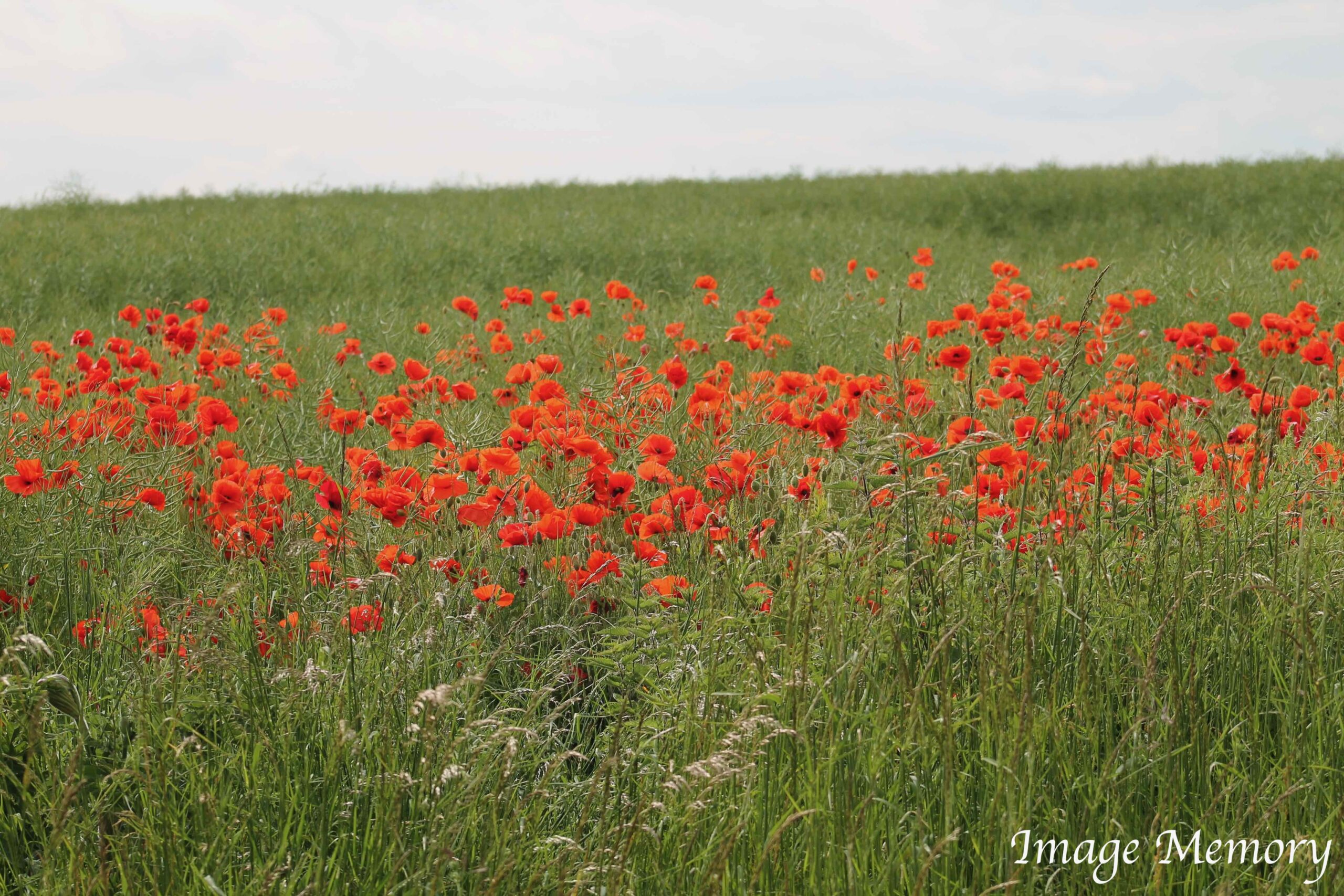
Summer
Red exudes warmth and, like no other colour, radiates a strong and powerful energy that motivates us to take action. It is used effectively as a warning colour on road signs and as the ‘stop’ light for traffic lights. Red lights also show car users when the driver in front is braking.
In medieval times, artists would use a mixture of sulphur and mercury, heated to very high temperatures, to produce red pigment. Known as vermilion, red was also produced from cinnabar.
Cinnabar ore contains mercury. The ore is toxic. Many miners lost their lives whilst mining the mineral as, when it is ingested, inhaled or comes in contact with the skin, it can lead to mercury poisoning. This toxicity can lead to neurological damage, kidney problems and respiratory issues.
From the end of the 19th century a less harmful alternative to cinnabar was found, cadmium. Today vermillion is made from modern, harmless and stable pigments.
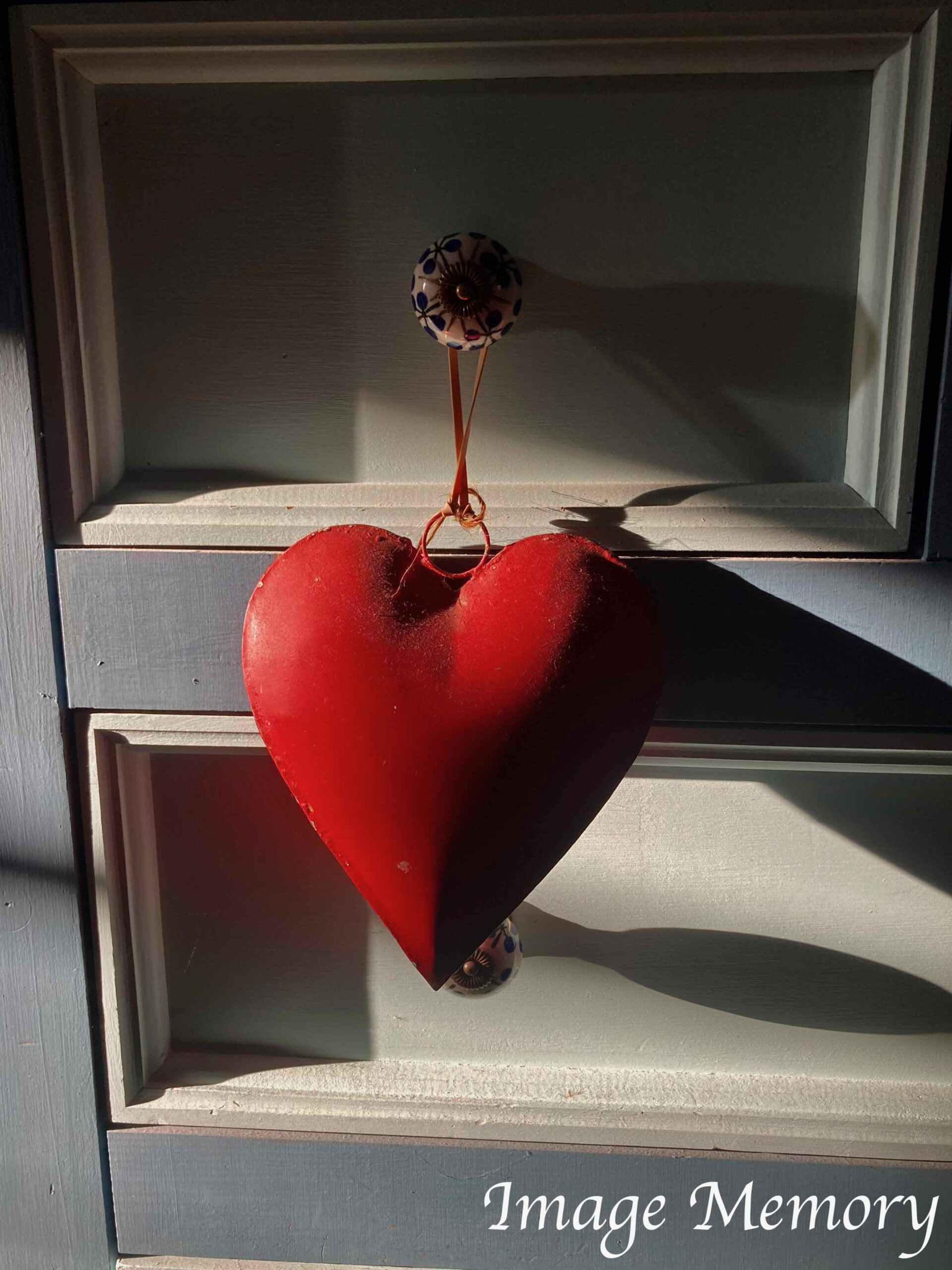
Love
Associations with the colour red include physical energy, passion, attention, stimulation and excitement.
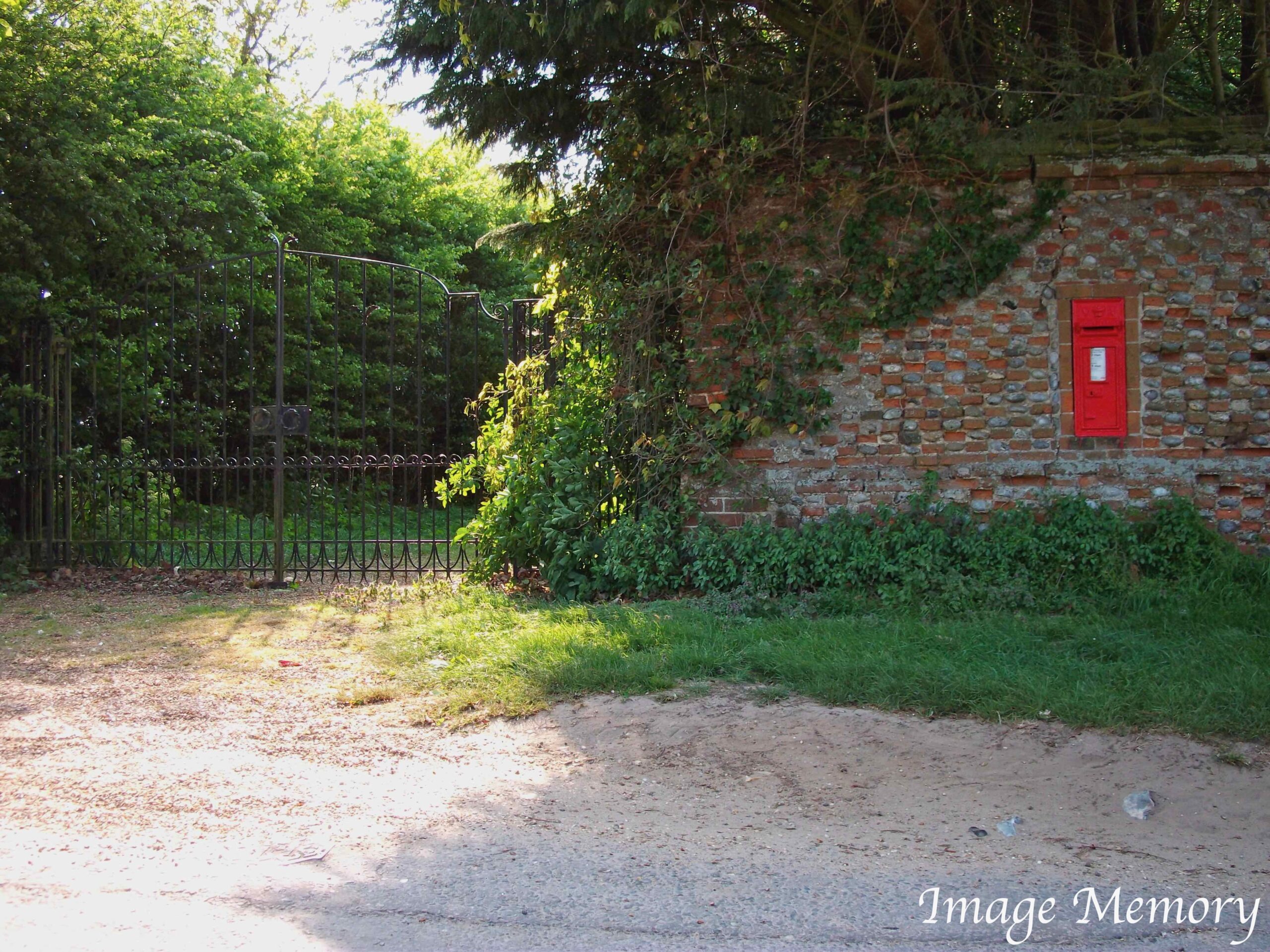
In the UK, pillar boxes are painted red and the original telephone booths were coloured red.
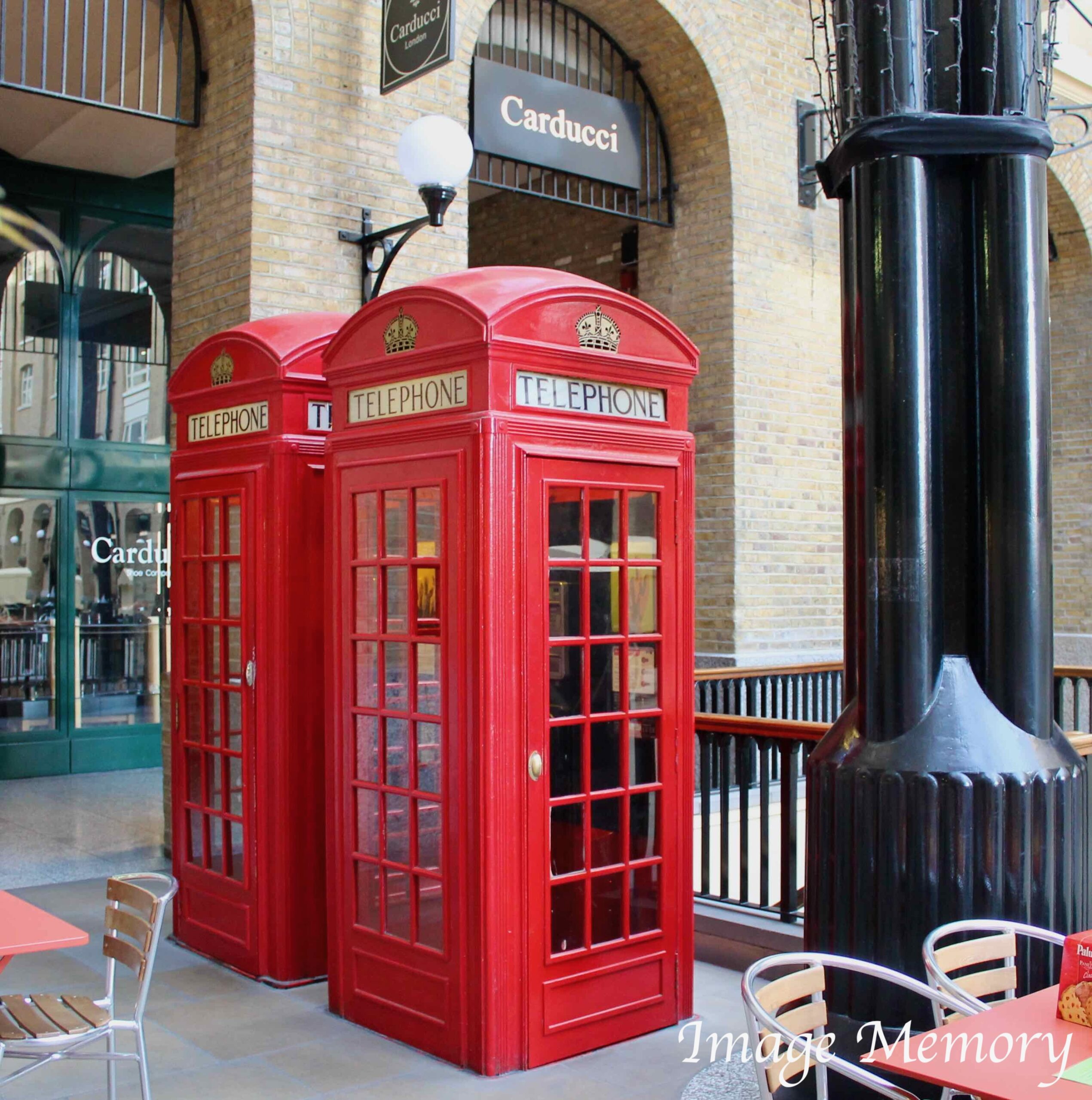
Red is also the colour of blood and has historical connotations with sacrifice, danger and courage.
In Roman times, on the battlefield, Roman soldiers wore a red tunic under their armour to represent blood and strength. The compact line of the Roman infantry, dressed in red, had a psychological impact on the enemy, which perceived it as strong and valiant.
It is also the colour of war, Mars. Roman soldiers and gladiators were both adorned in red.
In some accounts, Caesar’s face was painted red. This was perhaps as an imitation of Rome’s highest and most powerful god, Jupiter.
China also has a love of the colour red. Throughout the Ming dynasty (1368-1644) red was used as a signal of strength and power. The dynasty was founded in the south and the ruling family’s name, Zhu, means vermillion.
Red is the luckiest colour in Chinese culture. It symbolises joy, vitality, celebration, success and good fortune. It is used for weddings and for the Chinese New Year.
The colour red also has a capacity for arousal. Red stimulates the physical and adrenalin. It raises blood pressure, the heart and respiration. The colour also evokes strong emotions and is considered intense and even angry.
Red is believed to sensitise the taste buds and sense of smell, thereby increasing appetite. All this occurs because the heart rate instinctively quickens, which causes the release of adrenalin in the blood stream raising blood pressure and stimulating the nerves.

The colour red, in Hindu scriptures, activates the circulation system and benefits the five senses. It is used to treat colds, paralysis, anaemia, ailments of the blood stream and lungs.
Goldstein asserts “under the influence of red light, time is likely to be overestimated”.
From a ‘brand’ perspective, it is easy to recall when red is used.
The adverts that depict father Christmas delivering CocaCola are memorable, as are the Virgin Atlantic reels encouraging individuality.

Next week in the Psychology of Colour series – YELLOW
